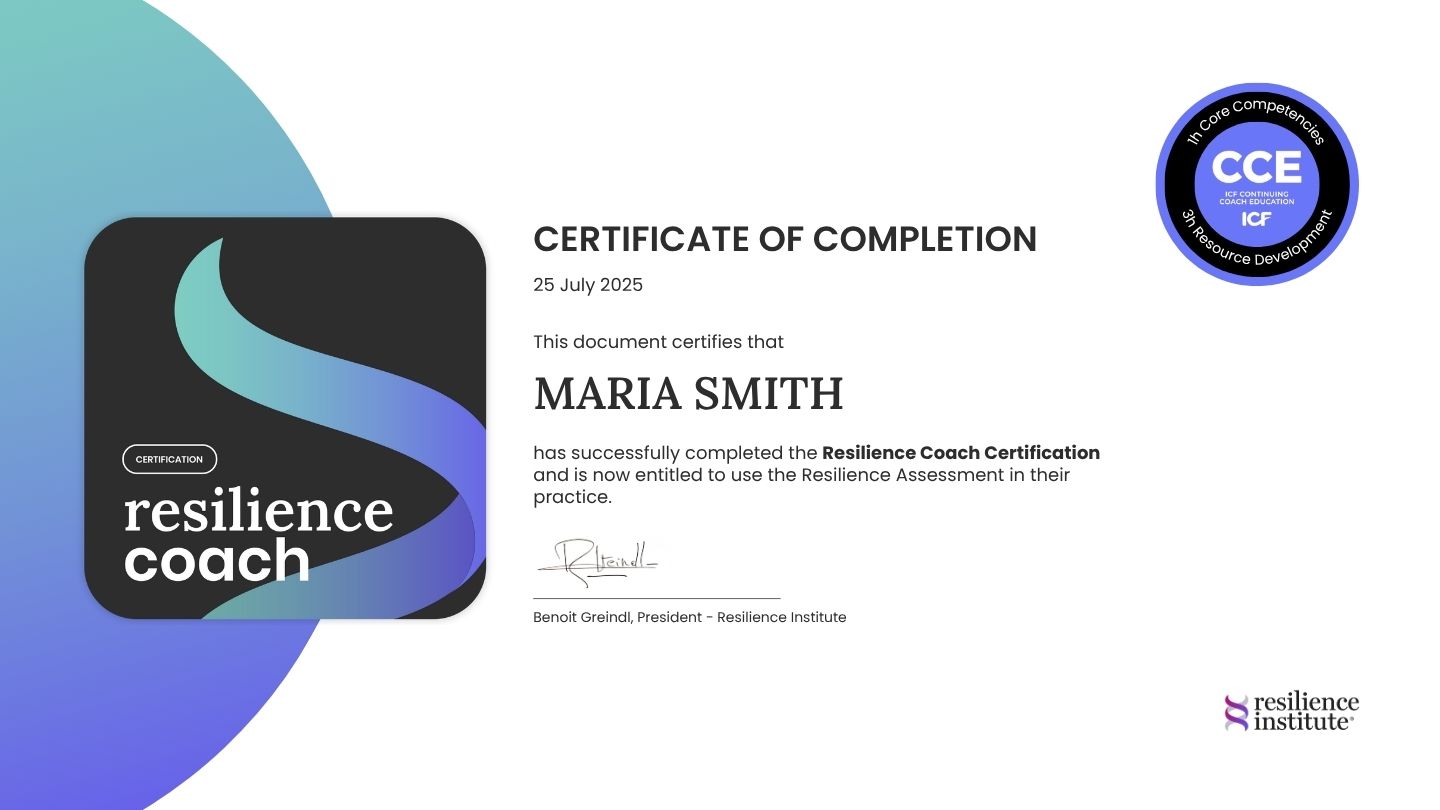
How to Achieve Mental Clarity
To achieve presence, focus, clarity and unitive consciousness sounds good. For those caught in worry, rumination, distraction, impulsivity and the storm of noise in their heads, it is hard to imagine.
From presence to focus and clarity to unity
- You are 100% present in the moment unfolding around you—no noise
- Attention is focused and steady for long periods—no distractions
- Your mind is open, spacious, clear and creative—no pressure, no distress
- You feel a connection from your molecules to the stars—no separation

This is bliss. Choice expands, and what matters is achieved. It is love—one with the universe.
Anything less is suffering. To recognise the tension between enlightenment and suffering is the beginning of your journey—a long and testing journey replete with traps and delusions.
The perennial philosophies such as Yoga, Buddhism, Tao, and Zen developed pathways and methodologies for enlightenment. In this article, we apply 21st century biological concepts to help you negotiate the path with confidence and speed.
Finding a pathway to clarity
Modern solutions tend to have a narrow focus. At worst, ‘take this pill for your depression. More helpfully, ‘if you follow my diet/exercise/sleep/meditation, you will be a better leader/lover/looker’. Simplistic quick fixes achieve little.
Simply knowing that there is a path provides comfort. It is your job to walk the path. There are many ‘Go Home’ traps. We have to walk it again and again, and it becomes easier and more enjoyable. Be resolute, map your journey, work especially hard on the foundations, keep your sense of humour, and seek rhythm.
Ten steps to a clear, contented and competent mind
The following ten steps provide a pathway to gaining mental clarity and advancing your practice to experience what some call enlightenment. Start anytime with as little as eight minutes per day. The Resilience Digital Toolkit includes a session for every day of the week.
Acknowledge suffering
Suffering is physical, emotional or mental. You experience it. It does not need a social media tag or a diagnosis. Once you recognise and acknowledge your suffering, decide if you want more. If not, consider the path of enlightenment. Most sink back into distraction and neglect. When you decide you have had enough suffering, the journey begins.
Restore the body
The brain is the body, and the mind cannot excel in a broken body or brain. This is the weakest link in humanity today. Neglect is crippling society. Fix your body—sleep, fitness, breathing, posture, nutrition and body mass. As your physiological and physical metrics improve, brain function (blood flow, hormones, inflammation), cognition, attention, memory, and creativity improve. There is no argument to dispute the power of vibrant physical well-being.

Stabilise emotions
Emotions move us. They are brakes (sadness), accelerator (anger) and steering system (fear). Strong emotions compel decisions and drive behaviour. The driver (mind) loses control of the situation. Pay attention to your emotions and learn to master them—name, tame and reframe. Do not decide or act in the storm of strong emotion. Mastering emotion is the door to control your mind.
Think about your thinking
The first true cognitive skill is to step back and observe your thinking. Either you are the storm of thoughts (subject), or you can witness them (object). ‘How interesting, my thoughts keep going back to it. With metacognition, we think about thinking. We can unpack a thought stream, challenge it and adjust it to suit our goals.
This is a remarkable step into an enlightened mind. The misery of thoughts is just noisy drivel. Check it for value. If it has nothing to offer, drop it. If your mind swirls with worry or rumination, it is liberating to step up and learn to work with it. Metacognition puts you in charge of your thoughts. They become a tool that you can master. Alternatively, ‘Go Home’.
Return to the present
Involuntary thought streams drift into the future (worry and fear) or past (rumination and sadness or anger). They cause suffering. With metacognition, you can name the thought, drop it, and bring yourself back to the present. Rinse. Repeat. Feels really good. Whenever you feel distress, check your thoughts, release them and focus back on the situation at hand. The reward is immediate and reinforcing. As you refocus on the present, distress disappears. Contentment surges.
Expand presence
When you long for the joy of being present, work to hold your presence for longer periods. This is the deliberate act of stepping in. Bring your body—calm and energised—into the conversation. Engage your emotions and extend your empathy to feel the emotions of others. Focus on the conversation, consider perspectives and voice your thoughts with clarity. Most human interactions are cluttered with devices, looming pressures, anxieties, frustrations and physical tension. To step into a conversation with full presence is a compelling experience. Strengthen your presence—physical, emotional and mental.
Focus attention
The second true cognitive skill is a focus (cognitive control). Think of your attention like a laser. It needs a powerful source of energy—your brain physiology x willpower. Then it requires a target or object of attention. We learn to focus this beam of attention directly and steadily on the target. Finally, we learn to narrow and broaden the focus to go deep into fine detail and then back out to survey the wider context.
Focus is rhythmic. To hold the Task Positive Networks of focus, we have to switch back to the Default Mode Network to refuel and consolidate. Learn to switch consciously—before the mind checks out without consulting you. Meditation practice is one of the best ways to build focus. One can, though, use any activity to strengthen focus—reading, listening, playing music, sport, etc.
Expand awareness
This third cognitive competence is a favourite of the mystics. Whilst focus allows you to zero in on a target, expanding awareness is the view from a mountain peak. One opens the mind to embrace breadth—whole body, room, suburb, nation, planet and cosmos. It feels really good—as if the curtains are opening to let in all of reality. The small stuff we sweat fades into insignificance. Expanding awareness is an excellent addition to your breathing or meditation practice and stimulates creativity.

Compassionate embrace
Yeah, sounds a bit woo-woo. However, brain studies show that expanding your acceptance, generosity, and love has markedly positive effects. It extends empathy and altruism, and it opens your heart. The experience of connection is deeply fulfilling. Loneliness, anger and fear simply drop away. The following script might help you. ‘I am stretching my mind outwards to accept and embrace my life, my community, my world and the whole cosmos. I feel connected, respectful and intend goodwill as far as I can imagine.’
Unitive consciousness
Here is the ultimate state of mental clarity. This is the purpose of great traditions and religions. Your mind is calm, steady, expansive, alert and benevolent. There is no separation, and your awareness becomes one with all. There are no boundaries. Everything becomes you on inhale, and you become everything on exhale. Self dissolves. Bliss emerges.
Wonderful. You feel good about yourself. Self crystalises. Pride swells. ‘Go Home’. Start again. Be humble. There are many traps.
Making mental clarity a priority
We like simplicity. Just ten steps to progress from mental clarity to enlightenment. Beware, the concepts are slippery and hard to hold on to. They fade away in the first distraction, and putting them into practice in a busy life requires resolve.
Once you have your physical and emotional mastery in place, allocate eight minutes a day for the cognitive skills. Use your breathing practice as a base. Stay in the metacognition zone. Be fully present. Amplify your focus. Expand your awareness. Embrace. Dissolve.
Rinse. Repeat.
To discover how resilience training supports presence, focus and mental clarity in the workplace please contact us to learn about our global resilience programs.

